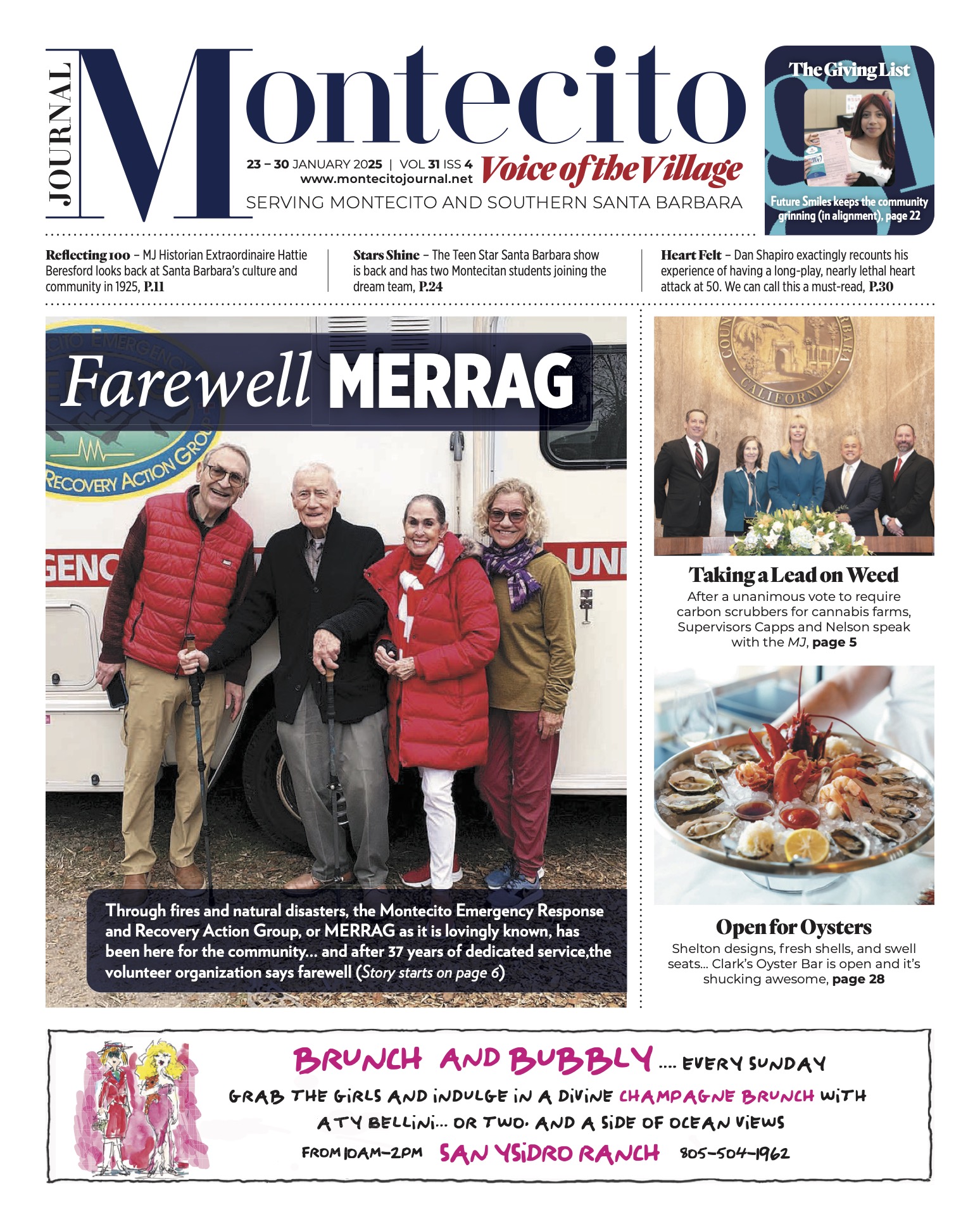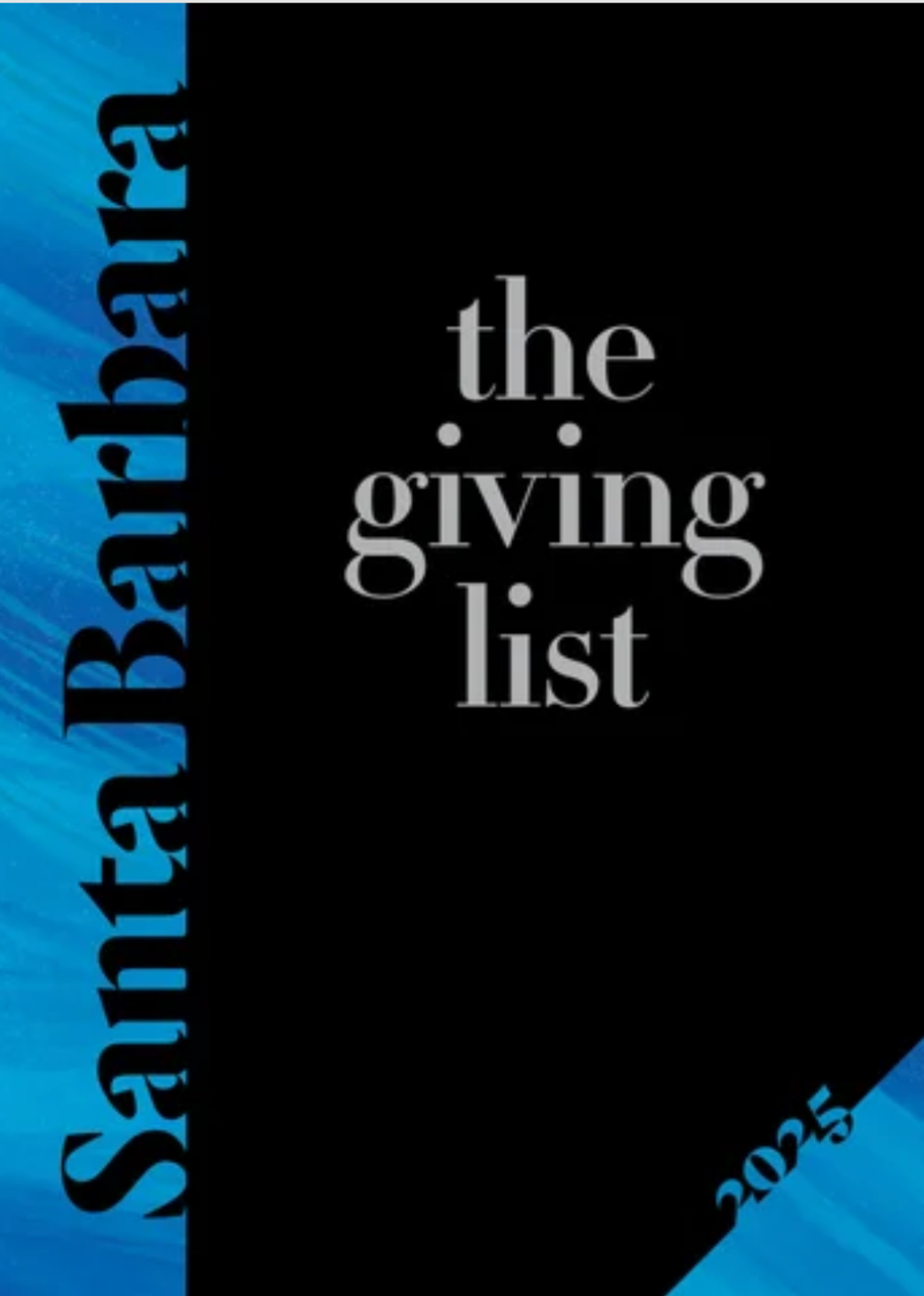Don’t Stop

If you’ve ever played Monopoly – you know there is something almost addictive about it. As is the case with life itself, it combines a certain amount of skill with a great deal of chance. The skill derives from decisions you make about the acquisition and development of real estate and utilities. The luck depends on the tossing of dice, and on the drawing, or being dealt, certain cards which may or may not have good news for you about your financial fortune. A token representing each player moves from marked locations around the edges of a square board. Most spaces have the names of streets. One corner space is marked “GO!,” and nearly every time you pass, it brings a bounty of $200. But sometimes you may draw a “Go to Jail” card, which orders you, in stern terms, to “GO TO JAIL.” In case you thought you might at least pick up some cash on the way (since Jail is on the opposite corner from GO), the card adds, in words which may stay with you all your life; “GO DIRECTLY TO JAIL. DO NOT PASS GO. DO NOT COLLECT $200.”
Besides this iconic Game board, another image – one so familiar it may be called a part of our cultural heritage – is the red and white, eight-sided STOP sign to be seen at most intersections. Usually it is ignored by pedestrians, except to give them the opposite message: when traffic in the roadway is halted by the sign, it may make it a little safer for them to cross.
I didn’t learn to drive a car until I was in my early twenties, having then just migrated to Southern California from England, where my family never had a car.
Suddenly I was living in Los Angeles, which had long been known to be the World’s Most Motorized City. To me, this was such a startling phenomenon that, a few years later, when I became a Graduate Student at the University of California at Berkeley and had to choose a topic for my PhD dissertation, I concocted a topic which had apparently never before been explored – the Social Effects of the Automobile in the L.A. Area.
As a recent immigrant, though, I first had to take driving lessons. I had never taken traffic signs very seriously – but one thing I remember my instructor harping on from the very beginning was that “A STOP SIGN MEANS STOP!” There were no ifs, ands, or buts about it.
Little did I dream then that years later one of my friends, who was very creative artistically, contrived what he called a piece of “sculpture,” consisting of an actual STOP sign (I don’t know where he got it) on a base of roller-skating WHEELS. It wasn’t hard to think of a title for it: “STOP AND GO.”
Strangely enough, that term has itself become a description, often used by traffic reporters, to characterize the halting, rush hour movement on those highways which originated in California. These thoroughfares are called – ironically, it seems –“Freeways.” The general idea, of course, was simple enough. This splendid innovation, the highway, had replaced interruptive cross streets with elevated bridges, and featured no traffic lights, and no pedestrians. Under these unimpeded conditions, traffic should always flow smoothly. The first of these, which connected Los Angeles with Pasadena, opened in 1940, and was named the “Arroyo Seco Parkway.”
But, as with other supposed improvements of urban life, the very popularity of the new freeways proved to be their undoing. The rush-hour overcrowding sometimes led to clogging so serious that it brought traffic to a complete stop.
Hence the continued prevalence of the term “stop and go” for that kind of intermittent delay.
When I was still a new driver, I was arrested for failing to stop. It wasn’t at a STOP sign or traffic light – but at an occupied pedestrian crossing. I had to appear in a courtroom, and with nothing to say in my own defense was given the penalty of $30, or one day in jail. No doubt most people would have chosen to pay the fine, but I thought a day in prison would be interesting. It was, but not in ways I expected. I learned that any part of a day counts as a whole day. So I was released just after midnight, and my real penalty was finding myself alone and miserable, wandering the deserted streets of downtown Los Angeles.






